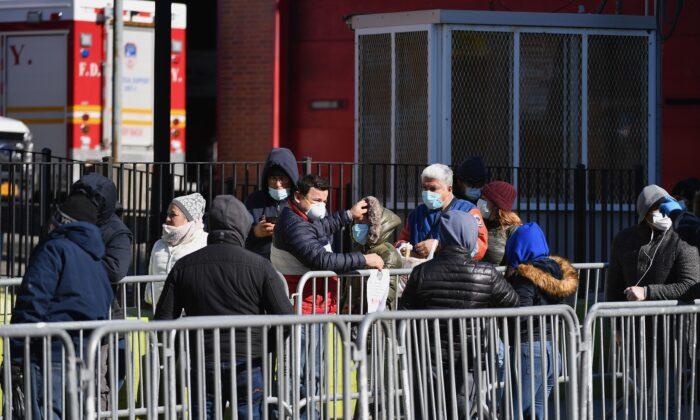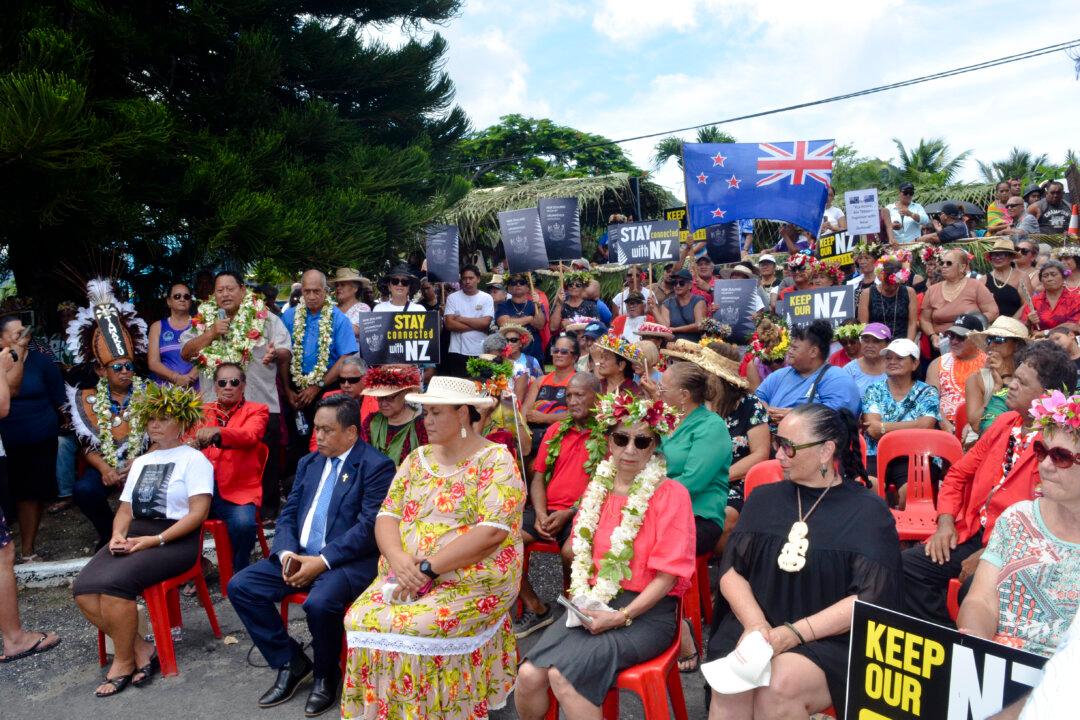Two separate research studies indicate that the SARS-CoV-2 virus, which causes the disease COVID-19, arrived in New York City earlier than reported and was mostly transmitted by people travelling from Europe and other regions of the United States and not from China were the virus originated.
The Mount Sinai study is the first “molecular epidemiology study of SARS-CoV-2 in New York City” that determines the route through which the CCP virus arrived in the city, the researchers said.
“The SARS-CoV-2 epidemic in New York City predominately arose through untracked transmission between the United States and Europe, with limited evidence to support any direct introductions from China, where the virus originated, or other locations in Asia,” said the researchers.
ISMMS researchers said that knowing the time the CCP virus arrived in the city and the route it took is important for informing the design of effective containment strategies.
“We sequenced genomes from COVID-19 cases identified up to March 18,” said Harm van Bakel, Assistant Professor of Genetics and Genomic Sciences at ISMMS.
The team sequenced 90 SARS-CoV-2 genomes from 84 of over 800 confirmed COVID-19 positive cases within the Mount Sinai Health System.
“These cases were drawn from 21 New York City neighborhoods across four boroughs (Manhattan, Bronx, Queens and Brooklyn), as well as two towns in neighboring Westchester County,” said Bakel.
The researchers said that only one of the cases was identified as being transmitted directly from Asia.
“Only one of the cases studied was infected with a virus that was a clear candidate for introduction from Asia, and that virus is most closely related to viral isolates from Seattle, Washington.
“The study also suggests that the virus was likely circulating as early as late-January 2020 in the New York City area,” said Viviana Simon, Professor of Microbiology and Infectious Diseases at ISMMS.
Another study released on Thursday by NYU Grossman School of Medicine, which also identified the genetic code of SARS-CoV-2 from 91 COVID-19 patients in 3 hospitals across the NYU Langone Health System in New York, reported the same conclusion as the Mount Sinai study—that the first COVID-19 cases in New York City spread from Europe.
The researchers said the genetic code of the virus has undergone slight changes since spreading from Wuhan, China, as it transmits from person to person.





